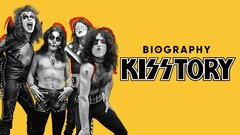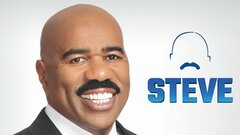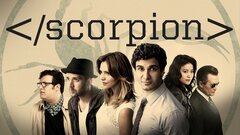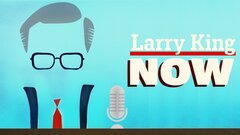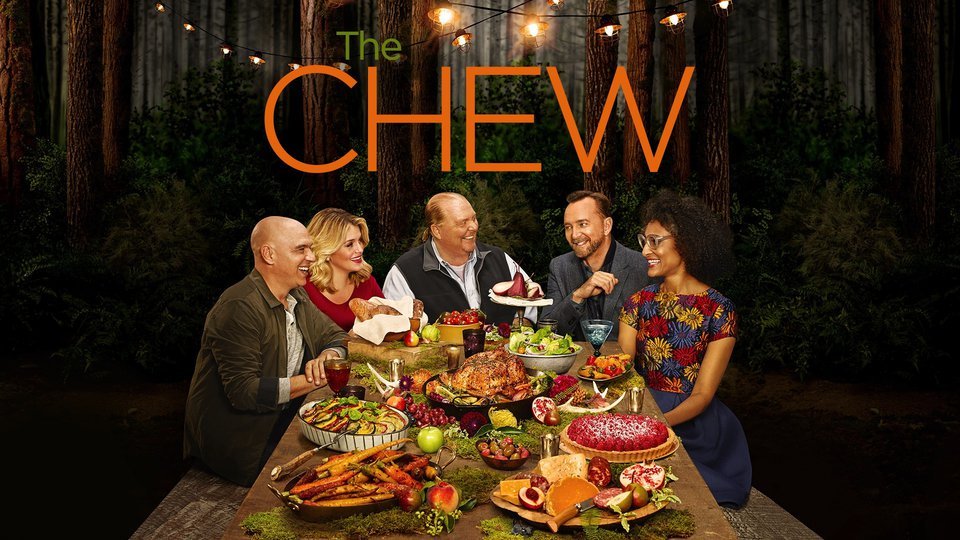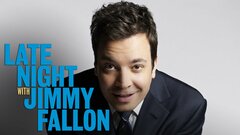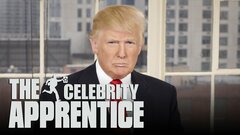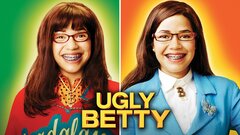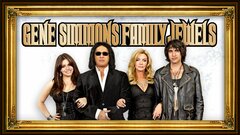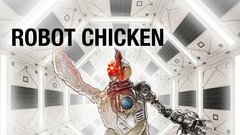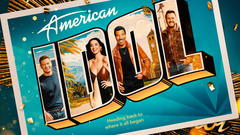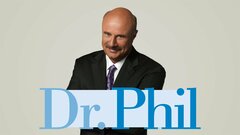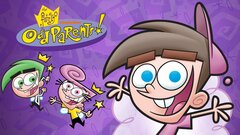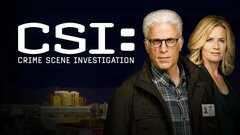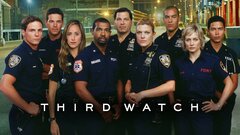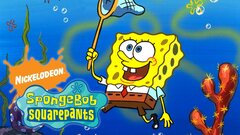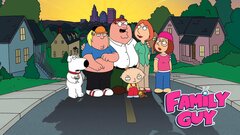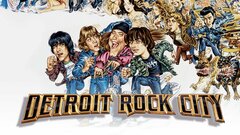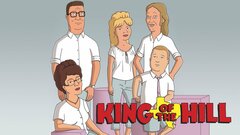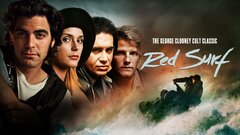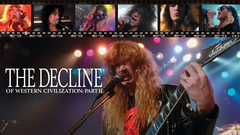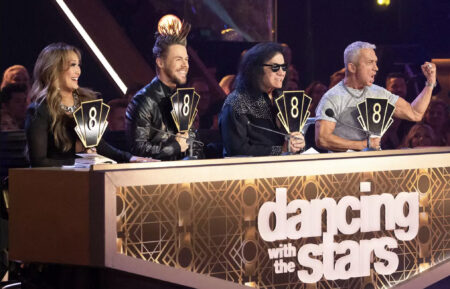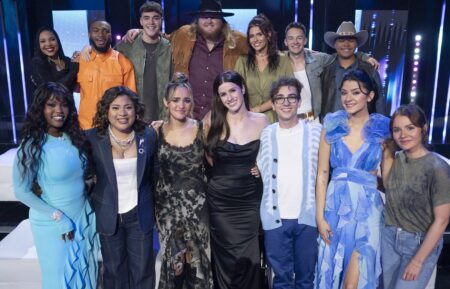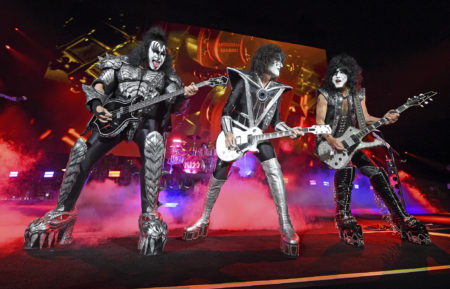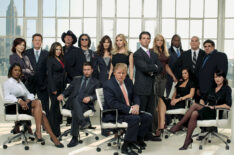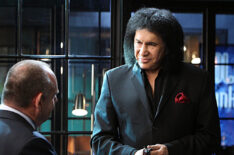A founding member of KISS, one of rock-n-roll's most iconic acts, Gene Simmons was also a master of merchandizing and self-promotion, second to none. Born in Israel but raised in New York City, Simmons and friend Paul Stanley became the nucleus of the face-painted, outlandishly-costumed act later known as KISS in 1973.
Dubbed "The Demon," in accordance with his nightmarish stage persona and makeup, the bass player's fire-breathing, blood-spewing onstage antics helped make their concert album Alive! one of the biggest of the 1970s. Related merchandize like KISS comic books, action figures, lunch boxes and even a movie, "KISS Meets the Phantom of the Park" (NBC, 1978) made the group a cottage industry.
Although the band's record sales and reputation suffered throughout the 1980s, Simmons balanced his music career with side-jobs acting in films like "Runaway" (1984) and pursuing various business opportunities. Having never regained their former glory after unmasking themselves more than a decade earlier, Simmons joined his original bandmates (once again in full makeup) for a historic, massively successful KISS reunion tour in 1996. In the years that followed the resurgence, he became a staple on reality television, most notably on "Gene Simmons Family Jewels" (A&E, 2006-12), which followed the surprisingly straight-laced life of the rocker, girlfriend Shannon Tweed and their two children.
Simmons was born on Aug. 25, 1949 in Haifa, Israel as Chaim Witz, the only child of a petite Hungarian Holocaust survivor mother and a strapping 6'5" Polish father. Witz would eventually resemble his father in towering size, but a bout with polio at the age of three left his parents initially fearful that the muscle loss he had suffered would never return. His father abandoned the family when Witz was just a child. After several years struggling to support the two of them, Witz's mother packed up her son and immigrated to the United States when he was eight years old.
The pair settled in with Witz's aunt and uncle in Flushing, Queens, NY and Witz swiftly adopted the more American name Gene, taking on his mother's maiden name of Klein. The young Klein knew no English, but was soon mesmerized with American popular culture, including its television shows, iconic superhero comic books and the animated cartoons of Walt Disney. Simmons had always stated that the first time the impressionable boy watched Jiminy Cricket croon "When You Wish upon a Star" in "Pinocchio" (1940), he believed the dapper insect was singing directly to him. This was not only one of several influences from which he learned English, but for an immigrant boy, the song's sweet message told him just what was possible for a future in his new homeland.
As a budding teenager, Klein fell prey to the show that launched thousands of rock careers. In 1964, he, like his future friend and bandmate Stanley Eisen, would watch the Beatles' try to musically overpower a deafening wail of screaming girls in "The Ed Sullivan Show" (CBS, 1948-1971) audience. Klein believed highly in the process of schooling, spending much of the late 60s furthering his education. By 1970, Klein had a degree in education and had fluent mastery of Hungarian, German, English and Hebrew, enrolling in Sullivan Community College before transferring to Richmond College on Staten Island.
By this point, Klein had already been through a series of bands, including Missing Links, Long Island Sounds, Rising Sun, Bullfrog Beer, Cathedral and Coffee, but the seeds of stardom were not planted until he and childhood guitarist friend Steve Coronel formed a band called Rainbow. They fatefully decided to include Coronel's friend Stanley Eisen. The result was Wicked Lester, which by 1972 was quickly signed to Epic Records and just as quickly fizzled before Klein and Eisen (soon to rechristen himself Paul Stanley) holed up in a loft and held auditions for what would become KISS. The duo rounded out the band by guitarist Paul "Ace" Frehley and drummer Peter Crisscoula (later dubbed Peter Criss).
During KISS' early days, Simmons worked as an assistant for the editor-in-chief of Glamour magazine and as a deli cashier before putting his degree to good use by teaching sixth grade in New York's Spanish Harlem. It was around this time that Simmons determined how to make his band KISS stand out from the rest of the rock bands of the era, beginning with the incorporation of increasingly elaborate facial makeup designs to augment the unique homemade stage costumes. A character of sorts, himself, Simmons took his visual motif for "The Demon" from his favorite actor, the "Man of a Thousand Faces" silent star, Lon Chaney. By late 1973, the band's image of makeup, costumes and platform boots was solidified and Simmons became its most outrageous showman, flicking his unusually long tongue and even learning to spit fire under the tutelage of a magician. KISS hit the road consistently, but it wasn't until after three unsuccessful studio albums, that it hit the jackpot with the LP Alive! (1975), a live showcase for their high-energy stage show and one which paved the way for the biggest success of the band's original lineup, Destroyer (1976). While Alive! made the band's anthem, "Rock and Roll All Nite" famous, Destroyer heralded "Detroit Rock City" and offered up a softer side of KISS with drummer Peter Criss' tender ballad, "Beth." It also gave Simmons his own signature anthem, "God of Thunder," which allowed him a live bass intro complete with stage blood cascading down from The Demon's mouth.
With KISS' instant success came some unique opportunities. The group had its first taste of Hollywood as the star of its own television movie, "KISS Meets the Phantom of the Park" (NBC, 1978), a mix of rock-n-roll, after-hours frights and superhero powers. They band perpetuated their own myth by refusing to be photographed without their makeup - a first for a rock act. The individual members were always photographed w/ scarves across their face, even when running out to the grocery store.
Success also allowed the band members to indulge in their offstage passions. For Simmons, who famously eschewed drugs and alcohol, that had always meant women. During the late 1970s, Simmons would be linked to singer and labelmate Diana Ross, followed by a brief relationship with Cher, both of which appeared on tracks from his self-titled debut solo album, Gene Simmons (1978). The band started to unravel, however, when Criss left and later Frehley left, consumed by substance dependencies.
At the dawn of the 1980s, Simmons became the first KISS partner to vacate his New York roots for Los Angeles. By 1983, KISS was permanently based out of California and, featuring a solid new lineup, retired its makeup and platform heels to release its first paint-less album Lick it Up (1983). With KISS' popularity somewhat on the wane and Simmons more and more a man without a fanged persona, he decided to indulge his taste for showmanship by jumping into the acting game, quickly landing the well-received role of Tom Selleck's evil nemesis in the feature film "Runaway" (1984). This turn was followed by a stint as a drug dealer on the then popular crime drama, "Miami Vice" (NBC, 1984-1989). Simmons was also now monogamous and living with Playboy Playmate of the Year and former Hugh Hefner girlfriend, Shannon Tweed, an equally strong-willed companion capable of handling Gene's bluster and taste for the wild life.
A quartet of feature films, "Never Too Young to Die" (1986), "Trick or Treat" (1987), "Wanted Dead or Alive" (1987) and "Red Surf" (1988) began to distract Simmons from his role in KISS, but his role as a family man intensified with clarity. In 1989, Simmons and Tweed had their first child, Nicholas. By 1992, Simmons decided that a flailing KISS needed his full attention in order to survive and the band's newest lineup released the gritty LP, Revenge (1992). KISS, which had lost ground in the 1980's era of flashy, technical musicianship, was now experiencing a revival as the grunge era of rock musicians, more likely to have grown up on KISS than on Bon Jovi, expressed its unrequited hero worship. That same year, Simmons and Tweed welcomed daughter Sophie. By 1995, an ill-fated attempt at a grunge sound made it clear to Simmons and Stanley that KISS was ready for a reunion tour with its original members. A cleaned up Frehley and Criss indeed returned, resulting in two reunion tours unfolded, complete with full on nostalgic makeup and costumes. The tours culminated with a less-than-stellar album, Psycho Circus (1998) and a deal with New Line Cinema to produce and appear in a feature film, "Detroit Rock City" (2000). The film revolved around four teens who take a road trip to see the band perform, but it ultimately failed to perform well at the box office, abruptly disappearing from theaters.
A quartet of feature films, "Never Too Young to Die" (1986), "Trick or Treat" (1987), "Wanted Dead or Alive" (1987) and "Red Surf" (1988) began to distract Simmons from his role in KISS, but his role as a family man intensified with clarity. In 1989, Simmons and Tweed had their first child, Nicholas. By 1992, Simmons decided that a flailing KISS needed his full attention in order to survive and the band's newest lineup released the gritty LP, Revenge (1992). KISS, which had lost ground in the 1980's era of flashy, technical musicianship, was now experiencing a revival as the grunge era of rock musicians, more likely to have grown up on KISS than on Bon Jovi, expressed its unrequited hero worship. That same year, Simmons and Tweed welcomed daughter Sophie. By 1995, an ill-fated attempt at a grunge sound made it clear to Simmons and Stanley that KISS was ready for a reunion tour with its original members. A cleaned up Frehley and Criss indeed returned, resulting in two reunion tours unfolded, complete with full on nostalgic makeup and costumes. The tours culminated with a less-than-stellar album, Psycho Circus (1998) and a deal with New Line Cinema to produce and appear in a feature film, "Detroit Rock City" (2000). The film revolved around four teens who take a road trip to see the band perform, but it ultimately failed to perform well at the box office, abruptly disappearing from theaters.
Deep into the second coming of KISS, the new millennium saw Simmons heavily active in the KISS business once again, resuming the band's old habit of branding which had begun in the Destroyer peak era. The band's renewed audience also refueled Simmons' interest in movie acting. He appeared in VH1's small screen rock drama, "At Any Cost" (2000) and had an uncredited role in the Christine Lahti/Albert Brooks big screen collaboration, "My First Mister" (2001), followed by the stylized comedy, "Wish You Were Dead" (2002) and a funny cameo as a pastor in "The New Guy" (2002). That year, Frehley was again gone from KISS and Criss soon after that, but that did not keep the band from touring with new face-painted members for what would evolve into an ongoing "farewell" jaunt. No longer interested in mere shirts and posters, Simmons himself would take the reigns of the marketing juggernaut, spearheading everything from KISS coffins to condoms - affirming his persona as a unique rock-n-roll Walt Disney.
By this point, Simmons was much more adept at balancing his lofty ambitions as KISS settled into a less grueling touring schedule. In 2003, Simmons was a felt presence on the small screen, creating and producing the animated series "My Dad the Rock Star" (2003) and lending a voice to Fox's "King of the Hill" (1997-2010). He used his intimidating presence to good effect as murderous crime lord Donald Mann on a three-episode arc of the rescue drama, "Third Watch" (NBC, 1999-2005). In June 2005, he lent his voice to another of Fox's animated comedies, the popular "Family Guy" (1999- ).
In 2006, however, Simmons himself was the focus of attention, thanks to the public's fixation with reality television - a genre effectively showcasing oversized personas and their bizarre lives. Simmons hoped across the pond to host a Channel Four reality series, "Gene Simmons Rock School" (2005-06), in which the veteran rocker took a dozen grade school students with no knowledge of rock music and attempted to turn them into budding rock gods. With the surprise success of "The Osbournes" (MTV, 2002-05), Simmons' own kids, along with life partner, Tweed, were ready for the small screen treatment. Whereas the Osbourne family were a dysfunctional and sometimes fast-living bunch, the Simmons clan were the opposite, as featured weekly on the reality show, "Gene Simmons: Family Jewels" (A&E, 2006-12). For such a famous womanizer, the series exposed Simmons' dirtiest secret to date: that his was, in fact, a surprisingly domestic family that eschewed drugs and alcohol and extolled the values of straight 'A's and discipline. At heart, just a hard rocking mama's boy who had lived his American dream, Simmons could count on the fact that, at least onstage, he could satisfy the fans' blood lust for "The Demon."
Always one to recognize a good thing when he saw it, Simmons dove into the realm of reality television headfirst. Despite a strong performance as a team leader, he was the third contestant fired by Donald Trump on a celebrity installment of "The Apprentice" (NBC, 2004- ) in 2008. The occasional acting gig also remained a tried and true visibility enhancer for Simmons, who took on supporting roles in the Mike Judge workplace comedy "Extract" (2009), the family film "Expecting Mary" (2010) and in a 2011 episode of the mystery-romance series "Castle" (ABC, 2009-16). And although KISS released Sonic Boom in 2009 - their first studio album in more than a decade - the focus of Simmons' personal media attention remained on "Family Jewels." For its 2011 season, he realized a long-held dream when he traveled to his homeland of Israel, then granted his long-suffering girlfriend her most fervent wish when he finally married Tweed on the show's penultimate episode later that year.

